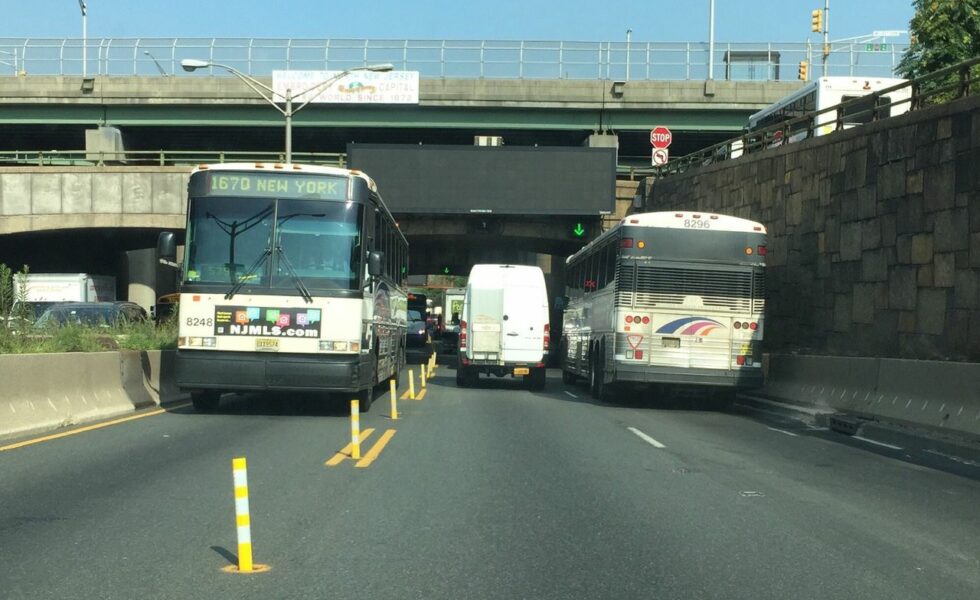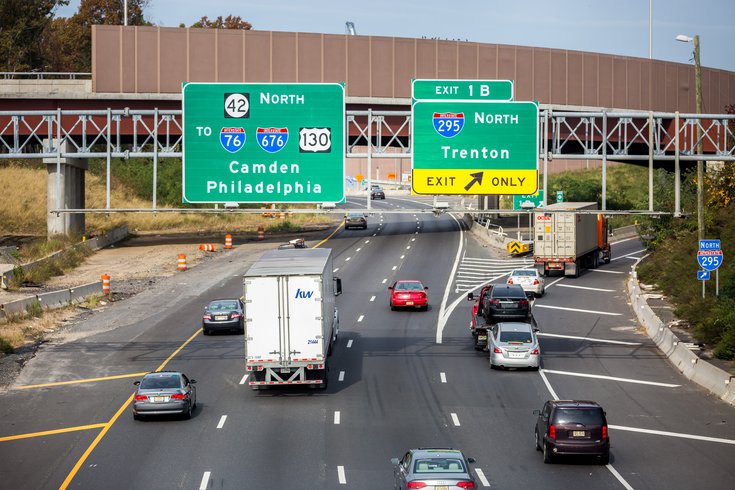Street-level Flooding Platform: Sensing and Data Sharing for Urban Accessibility and Resilience
Access to real-time information on flooding can improve resiliency and efficiency by allowing residents to identify navigable transportation routes and make informed decisions to avoid exposure to floodwater contaminants. While there exist commercially available sensors that detect the presence of water inside homes, there is an unmet need for hyperlocal information on the presence and depth of street-level floodwater.










